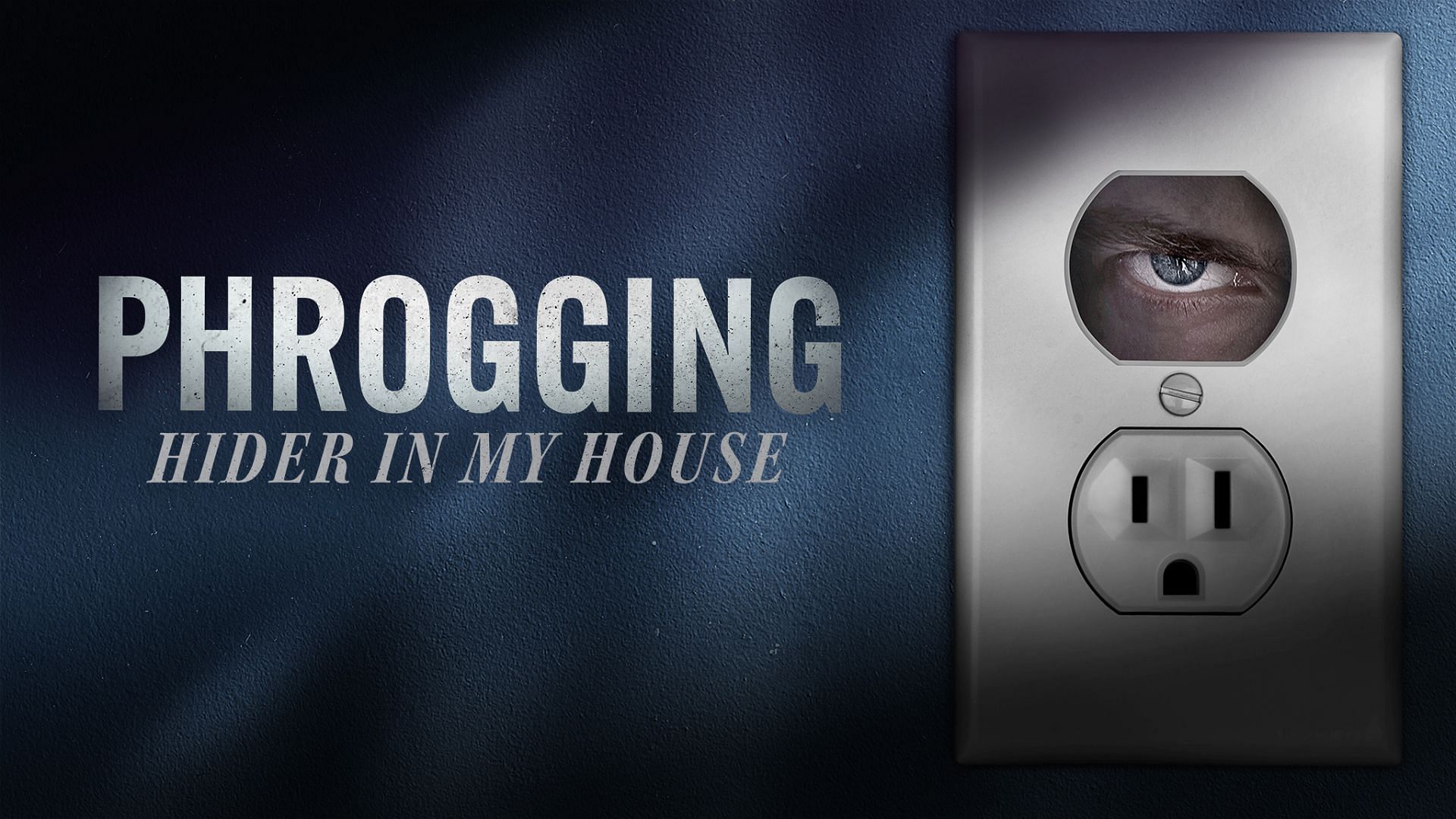Phrogging vs. Squatting: Key Differences Explained
Phrogging vs. Squatting: Key Differences Explained
Blog Article
Envision acquiring that someone has been secretly living at home without your knowledge. This unnerving sensation is called "what is phrogging" (pronounced “frogging”). The definition of derives from the notion of a "frog" jumping from one position to another, as phroggers often occupy different properties quickly while outstanding undetected. While it could sound like something out of a fear film, phrogging is a real and increasingly described issue.

What Is Phrogging?
Phrogging describes the act of someone privately residing in still another person's home, on average without their consent or awareness. A phrogger might stay static in concealed areas such as attics, basements, examine spaces, sacrifice rooms, as well as underneath furniture. They rely on the homeowner's neglect to check these places, often going in and out stealthily in order to avoid detection.
Phroggers don't tend to remain in one place for long. That transient behavior suggests they frequently go unseen for extended intervals, utilizing their host's food, energy, and different sources without permission.
Why Is Phrogging on the Increase?
While formal knowledge on phrogging is restricted, anecdotal evidence and news studies suggest an increase such cases. A mix of facets has led to the tendency:
• Economic hardship has left many people struggling with homelessness, leading some to seek unconventional shelter.
• Greater, multi-story properties frequent in the current suburbs give ample covering areas for would-be phroggers.
• Homeowners' increasing dependence on electronic gadgets like smart locks and motion detectors might inadvertently result in neglect of periodic, physical inspections of these homes.
Just how to Defend Your House
To safeguard your self and your property from phrogging, contemplate these safety tips:
1. Regular Inspections
Conduct routine checks of your property's less frequented areas, such as for example attics, basements, and storage spaces. These areas are often primary areas for concealment.
2. Use Detective Cameras
Deploy security cameras in and around your home. Cameras with action detection can attentive you to dubious task, even yet in low-traffic areas.
3. Secure All Access Details

Lock windows, gates, and any extra entrances to avoid unauthorized access. Assure sacrifice recommendations are concealed solidly or entrusted and then people you trust.
4. Remain Observant
Pay attention to strange signs like food going lacking, disturbed items, or strange noises. These could indicate somebody is residing in your home.
While phrogging may appear like a silly occurrence, their increase underscores the importance of heightened house awareness. By staying cautious and getting positive steps, you are able to significantly reduce the chance of encountering that unsettling danger.
Report this page